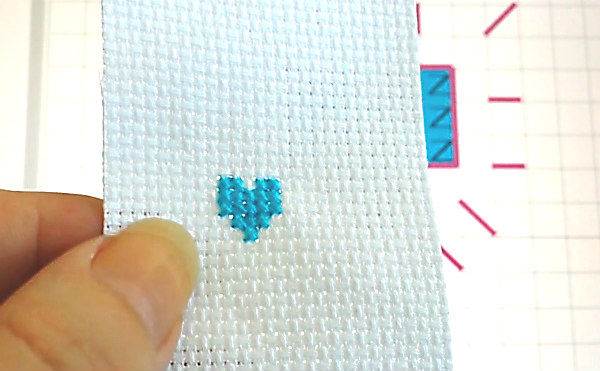When you are starting out with sewing, it’s easy to get overwhelmed when things start to go wrong with your sewing project. You just cannot get a handle on fitting on the collar or the sleeve cuffs. You’ve cut out the pattern and now you realize the stripes don’t match. The pleats just won’t stay in place.

You get frustrated, storm away and you vow never to go near your sewing machine again! This is a common scenario for novice sewers who have taken on a project much too complex for their experience level.
Sewing shouldn’t be an exercise in frustration. It’s supposed to be fun and the only way to keep it that way is to make it easy on yourself. Start out with something simple and gradually ease into it as you go along.
So what can you do to make it easy on yourself?
1- Choose a Simple Pattern
The simpler the pattern the fewer pattern markings you will need to transfer and the less basting and sewing you will need to do. With a simple pattern, everything from the measuring and marking to cutting and sewing, is pretty straightforward, which means lesser chances of making any mistakes.
If you are sewing a garment, choose a pattern that does not have pleats, pockets and does not involve intricate cutting and sewing techniques. Here are a few ideas for simple, easy projects that are ideal to start off on – a skirt or pant with an elastic waist, a straight skirt without any pleats, a simple, straightforward top without any elaborate sleeves and collars.
2- Choose a Simple Fabric
There are two things you will want to keep in mind when choosing fabric for your first few projects – the type of fabric and the fabric pattern.
- Type of Fabric: Cotton is the best choice for your first few projects. Because it is medium weight, it can be easily handled unlike fabrics that are extremely lightweight and shifty or extremely heavyweight and cumbersome to work with. Also, cotton has a slightly rough texture so it won’t slip and slide all over the place when you are cutting and sewing. Leave the slippery satins and silks or the sheers that unravel easily for when you have acquired a little more expertise and patience.
- Fabric Pattern: Avoid fabrics that have one-way prints, large blocked prints, stripes or plaids. All of these will require you to place the pattern carefully before cutting and even then, every little mistake will show. Stick with random patterns and solid colors when starting.
Getting into the habit of doing your prep work and keeping everything that you need within easy reach will help make it things easier for you, now and always.
Last but not least: Practice! When it comes to improving your sewing skills, there’s no substitute for practice and patience.
Tip for the day
Keep your sewing area well lit. Working in bad lighting slows you down and can cause you to make a lot of mistakes. The better you can see your work, the less likely you are to make a cut in the wrong place or sew the wrong pieces together.








